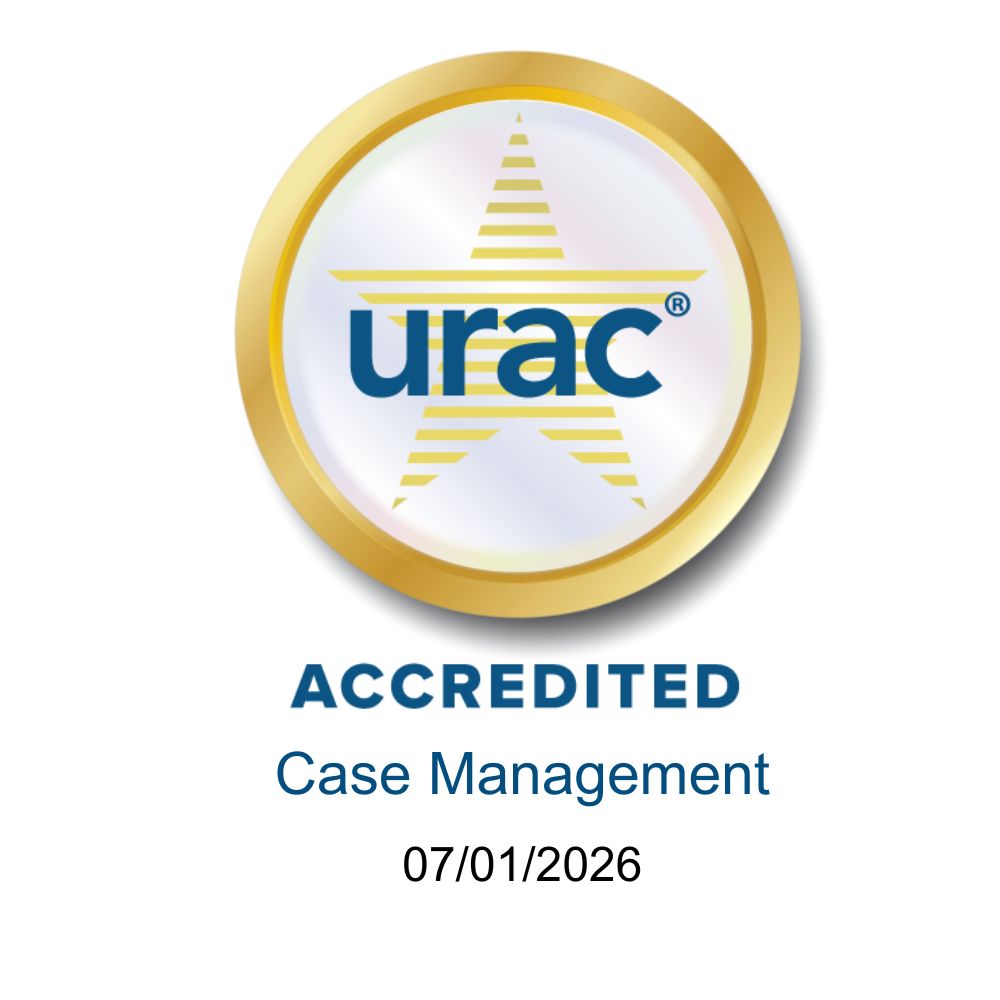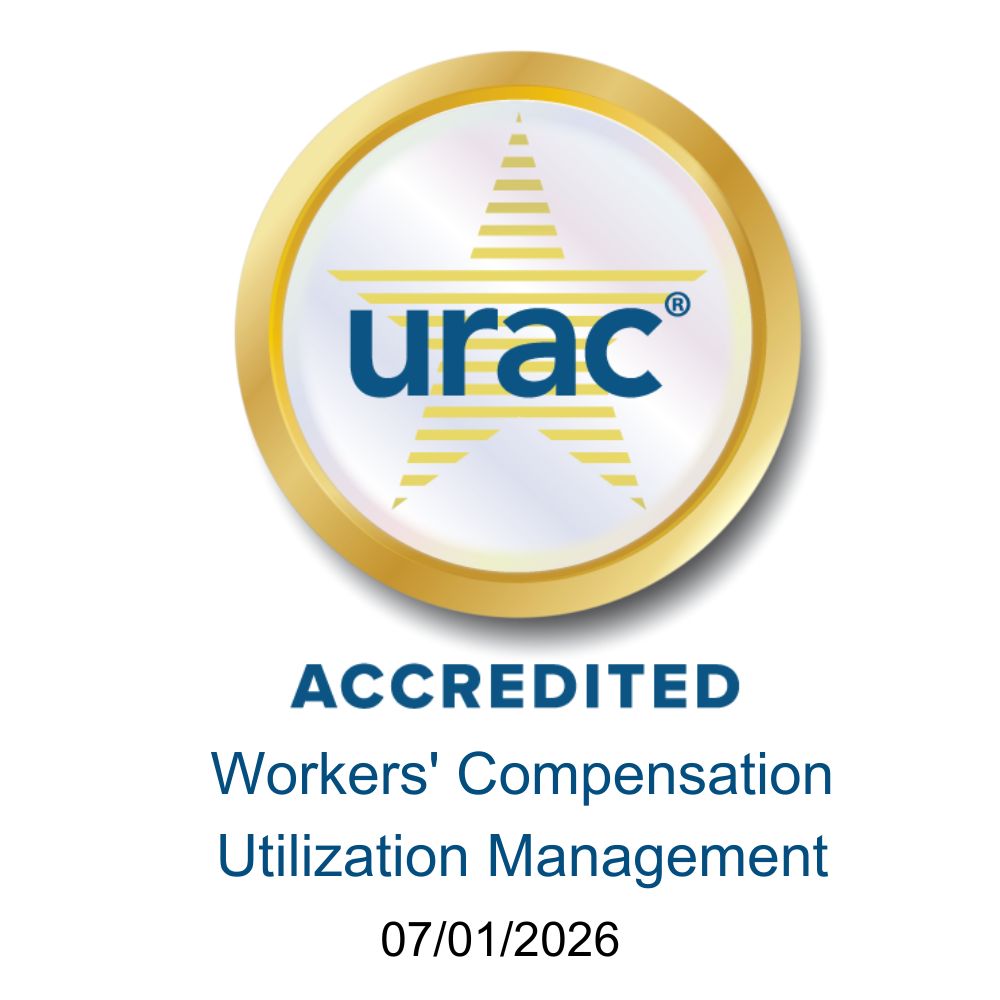As challenging as 2020 was for employers and their employees, 2021 has not yet brought the “return to normal” that so many have anticipated. The human infection response to SARS-CoV-2, commonly known as COVID-19 Syndrome, has proven to be as unpredictable and inconsistent as any virus we have encountered to date. As the virus itself continues to plague the world, we now face the added complication of Post COVID-19 Syndrome (PCS), which affects 10- 30% of those infected with COVID-19.
Some COVID-19 survivors, often described as “long haulers”, find themselves battling a host of symptoms for weeks to months after recovering from the initial infection.
“As deaths from COVID-19 decline, Post-COVID Syndromes linger,” said Douglas Benner, MD, MS, FACOEM, Chief Medical Officer for EK Health.
As noted in a recent webinar by Mayo Clinic, the working definition of PCS is:
-
Positive polymerase chain reaction (PCR) test for COVID-19
-
Greater than four weeks from a positive test or onset of acute COVID-19
-
Symptoms consistent with PCS
-
Significant positive antibodies for COVID-19 in the absence of a positive COVID-19 test
How often does PCS occur? Various international studies have demonstrated the frequency of PCS ranging from 5-80%, yielding the following findings:
-
In an Italian study of 143 patients, 80% had PCS symptoms at 2 months.
-
In a London Survivor Study, 10% had PCS symptoms at 4 weeks.
-
In a Mayo Clinic survey, 10-15% had PCS symptoms at 4 weeks.
Based on these and other studies, the current consensus estimates the average frequency at approximately 30%.
What does a “long hauler” experience?
Common symptoms noted by Mayo Clinic, Centers for Disease Control (CDC), and Italy’s Gemelli Against COVID-19 Post-Acute Care Study Group include:
-
Profound fatigue (ex. need a nap after a simple household chore)
-
Dyspnea (difficulty breathing, particularly upon exertion)
-
Joint pain
-
Chest pain/pressure
-
Cough
-
Brain fog, memory/concentration loss, anxiety and depression
-
Dizziness
-
Sleep disturbance
-
Loss or change of taste/smell
-
Abdominal pain and gastrointestinal symptoms
Functional complaints from PCS patients include:
-
1/3 had impaired basic activities of daily living (ADLs) such as using the bathroom, bathing, grooming, eating, etc.
-
1/4 had impaired Instrumental activities of daily living (IADLs) such as banking, driving, cooking, household chores, pet care, etc.
-
Majority returned to work part-time
-
Minority returned to work full-time
Serious chronic issues can result, including:
-
Chronic lung fibrosis after pneumonia
-
Multisystem inflammatory syndrome (MIS)
-
Increased risk of ischemic stroke, acute myocardial infarction (heart attack) and/or myocarditis (infection in/around the heart)
-
Permanent kidney damage
-
Blood clotting conditions with limb amputations
- Chronic psychiatric illnesses
“We don’t really know yet who will get Post-COVID Syndrome, and in which organ symptoms will be,” said Brenner.
Treatment for PCS
Treatment options are constantly expanding as we learn more. Current types of treatment vary by conditions, symptoms, underlying medical and psychiatric conditions, and personal and social situations, but generally include:
-
Long-term management and treatment of chronic lung, heart, stroke, kidney, vascular and psychiatric patients
-
Comprehensive rehabilitation including physical therapy, occupational therapy, pulmonary, speech, vocational, language and neurologic rehabilitation
-
Psychological care and follow-up
-
Lifestyle counseling to improve nutrition, sleep, stress management, etc.
-
Patient diaries and calendars to track progress and triggers
Learning from Previous Coronavirus Pandemics
To better understand the long-term occupational impact of PCS, we can look back to the “long haulers” of previous coronavirus pandemics, including MERS in 2012 and SARS in 2003.
The Middle East Respiratory Syndrome (MERS) in 2012 was caused by the Middle East Respiratory Syndrome Coronavirus (MERS-CoV). It was first seen in Saudi Arabia and was thought to have started in bats, then was transmitted to camels and finally to humans. A study of 148 MERS patients showed 26.9% had depression, 42.3% had PTSD, and 48.1 had chronic fatigue. Many improved over 2 to 3 months but some plateaued with chronic symptoms.
The Severe Acute Respiratory Syndrome (SARS) in 2003 was caused by the SARS-associated coronavirus. It was first seen in China and also caused myalgia, polyneuropathy and headaches. Research published in the Journal of the American Medical Association studied 117 SARS hospital patients at one year post-infection and found that 17% had not returned to work. A similar study followed 55 patients who had been infected with SARS two years earlier, had been hospitalized as a result, and had not returned to work.
Of these 55 patients, 29.6% were health care workers and 7.1% were not. In a study of 42 hospital patients with SARS, at one month, one-third had dyspnea and fatigue. A SARS study of 43 patients at 6-8 weeks post infection showed 85% exhibited reduced FVC, 81% exhibited reduced FEV1, and 63% exhibited reduced RV. These patients also reported myalgia, polyneuropathy, and headaches.
What We Know
Though it may feel at times like we know little about this virus, there is a surprising amount that we do know:
-
All previous coronavirus pandemics recorded patients with post-infection symptoms and disability.
-
Congress and the National Institute of Health (NIH) are investing $1.15 billion over the course of four years to study the prolonged health consequences of SARS CoV-2 infection.
-
SARS-CoV-2 is mutating all the time, changing the virus spikes that latch onto cell membranes.
-
Antibodies created to block spikes are not always as effective on new spikes.
-
The current major delta variant is infecting some who were previously infected with earlier variants.
-
Delta is also causing some breakthrough infections in the fully vaccinated.
- The U.S. health care system is not well-prepared to diagnose and treat the huge number of cases with post- infection problems.
What We Do Not Know (Yet)
Some of the most common questions we are fielding from our clients and their teams include:
-
How long will the PCS symptoms last?
-
Why do some patients get post infection symptoms, and many do not?
-
What is causing the variety of problems?
-
Will we be getting testing to diagnose the syndrome?
-
Will there be medications to help reduce or eliminate the symptoms?
-
What questions should the case manager ask in the initial assessment to injured workers with PCS?
-
What will PCS cost the workers’ compensation system in the long term?
Employer Concerns
Since Dr. Anthony Fauci, Director of the National Institute of Allergy and Infectious Diseases and National Institutes of Health, introduced the term Post Acute Sequelae of SARS-CoV-2 in February 2021, the medical community has been scrambling to learn more about this confusing combination of symptoms to help alleviate its impact on the workforce and, as a result, the global economy.
A recent Department of Labor study found that more than 30% of 177 participants had COVID-19 symptoms that persisted for as long as nine months.
“In a work environment, the long-term absence of such a significant number of employees can have a devastating impact,” Benner said.
Our staff are closely following these emerging issues. As we continue to learn more about this unfolding
phenomenon, stay tuned for updates and educational opportunities from EK Health’s Chief Medical Officer, Douglas Benner, MD, MS, FACOEM






